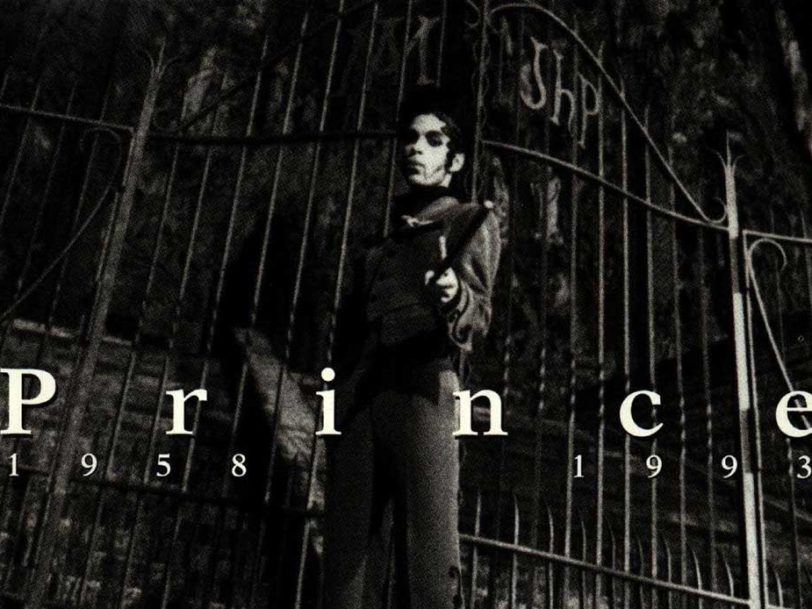Even by Prince’s own prolific and mercurial standards, his 90s output contains some of his most surprising material. Having spent the 80s reconfiguring how music could sound, he spent a large part of the following decade reshaping the industry that he felt had claimed ownership of his art. While some of his actions sowed confusion among fans, the media and his record label alike, they also, at times, threatened to overshadow the music he was fighting to have heard. Case in point: Come. Released in 1994, a little over a year after he changed his name to an unpronounceable symbol – dubbed “Love Symbol” – and during a period in which Prince often attracted attention more for his statements about the business of music than for the music itself, the album more than invites reappraisal as one of his most rewarding works of the decade.
Listen to ‘Come’ here.
“I’m outta here”
Prince had originally asked Warner Bros to mark the one-year anniversary of his name change – 7 June 1994, his 36th birthday – by releasing Come in tandem with another new album, The Gold Experience. Having already scored a global success – and his first UK No.1 – by self-releasing The Most Beautiful Girl In The World under his “Love Symbol” identity, he wanted to pit the old “Prince” and his new self against each other in public by crediting Come to the former and The Gold Experience to the latter. But Warners, already struggling to keep up with their errant star’s work rate, demurred – the albums would risk dividing attention in a marketplace that was only just getting to grips with Prince’s new persona.
After some internal wrangling over which songs would appear on which album (The Most Beautiful Girl In The World and other The Gold Experience highlights, among them Endorphinmachine, were, despite his label’s objections, deemed by Prince to belong to the record that would carry his new name), Warners agreed to release Come on 15 August 1994 in the UK (16 August in the US), credited to “Prince”. But while former label exec Marylou Badeaux felt the album was “obviously just – throw it together, give it to them so I’m outta here”, as she told this writer for the book Lives Of The Musicians: Prince, those who hadn’t lost track of who Prince was heard a record which proved Prince, in turn, retained a full view of where he was headed.




